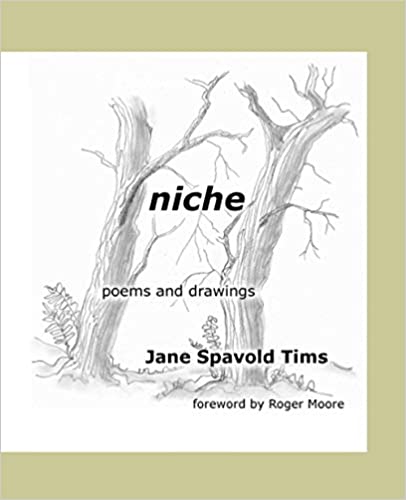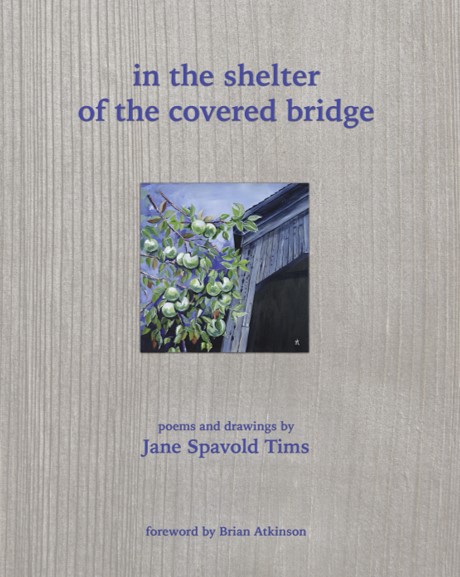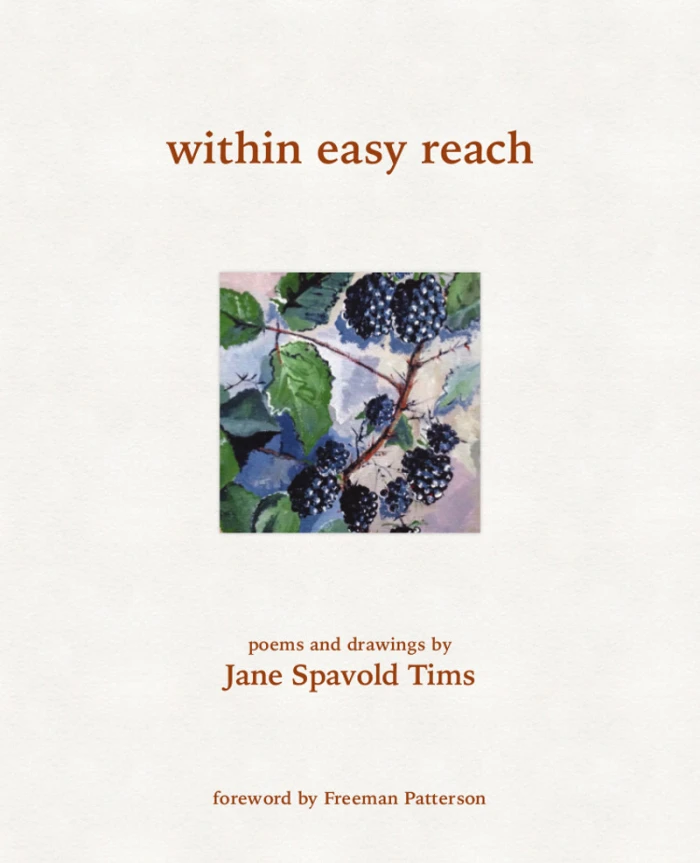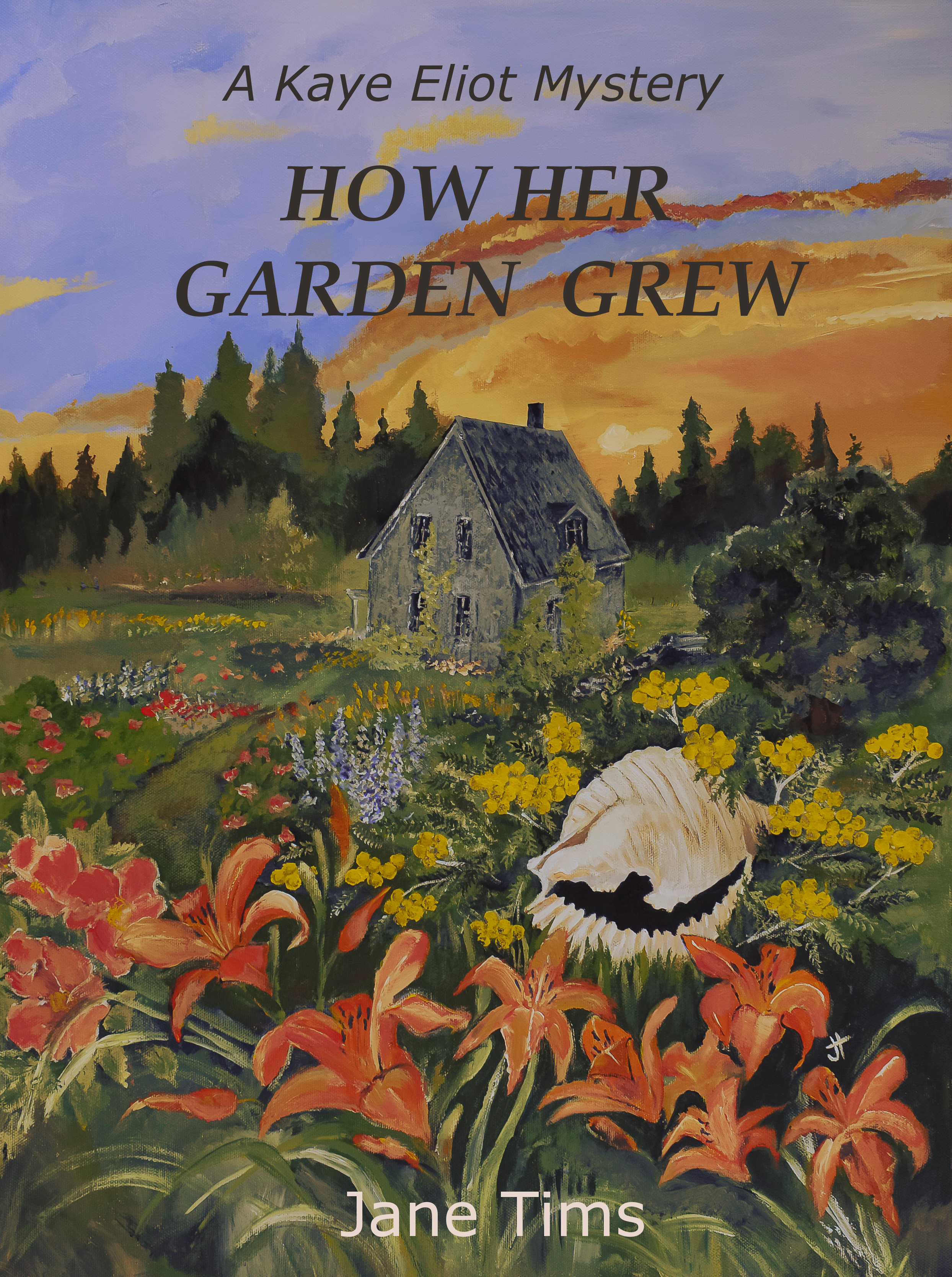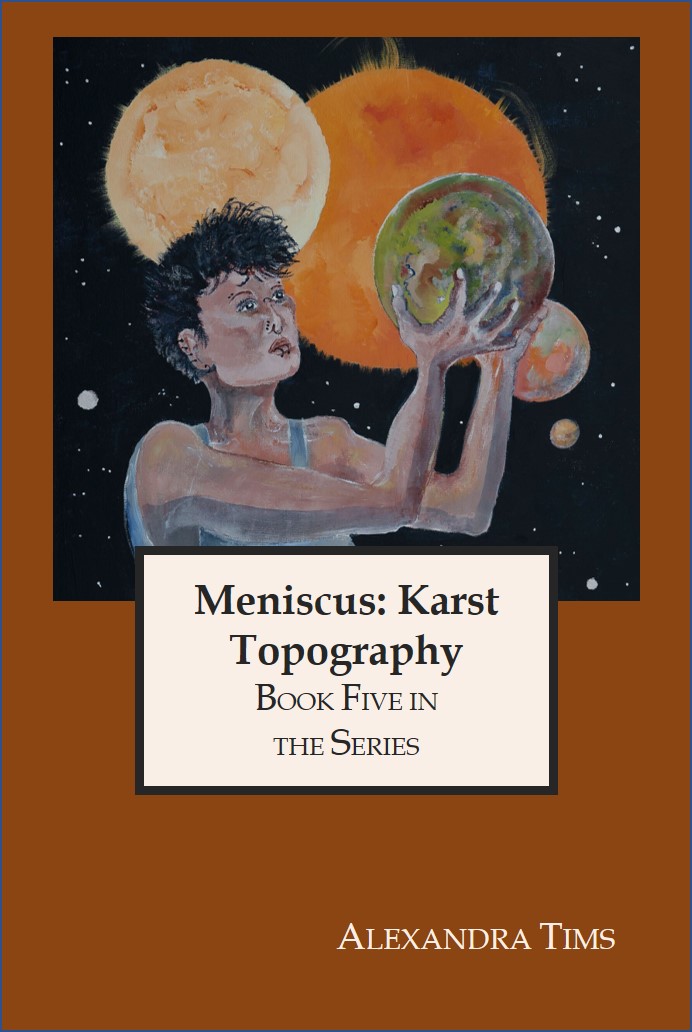Archive for March 2016
after the ice storm

Our drive in the crystal world after the ice storm reminded me of a poem I wrote years ago.
~
It is a rebellious poem (for me), written when I was entering the workforce and unwilling to be viewed from any traditional point of view. Part of the poem uses the metaphor of ‘breaking the glass ceiling’ (Marilyn Davidson and Cary Cooper. Shattering the Glass Ceiling: The Woman Manager. Paul Chapman, Pub., 1992). The poem is about an experience in 1979 of walking in a forest after an ice storm, on one of my earliest dates with my husband. Apparently I didn’t want him to think of me in any traditional role!
~
Breaking the Glass Ceiling
we still see birch
bent in the forest
broken yet grown
fifteen years
since the ice storm
years translucent
as the curtain of fir
you held back for me
I ran ahead
wanted to walk with you
but hoped you knew
how alone I could be
above me branches
burdened
with ice
your hand on my arm
go softly ! (you said)
a touch
will shatter
twigs and tree-tops
chiselled from ice
breathe
and hear a million cymbals
tied to our wrists with ribbon
I wanted to listen with you
but hoped you knew
I would never be
coins in a wishing well
a ballerina bolted to a box of jewels
goblets clinking for a kiss
I will not let you
shelter me
I know only
shards of glass
from the ceiling
(some days I am fragile
only needing warmth
to keep from breaking)
~

~
~
Copyright 2016 Jane Tims
apple orchard after the ice storm
On Saturday, we went for a drive to see the results of last week’s freezing rain storm. Every tree sparkled with its layer of frozen water. When we stopped by the roadside to take some photos, the sound of cracking ice made a continuous stippling noise in the forest.
~
I was amazed at the odd miniaturized appearance of the ice-covered apple trees in an orchard not far from our cabin. The trees are normal sized but there is a lack of scale and weirdness of light in the photos that miniaturizes the entire scene. The third photo, including the ploughed side road, looks more normal.
~

~

~

~
I think this will be our last winter storm of the season. We still have snow on the ground but next week’s warming should take it all away!
~
Copyright 2016 Jane Tims
Who ate the sunflower seeds???
First week of spring! Cold and snowy!
~

~
I woke this morning to find my newly-filled sunflower seed feeders all empty. Three pine siskins and a goldfinch were clinging to the finch seed feeder but the other birds are out of seed. A look at the yard will tell you who was slurping up the sunflower seeds in the night!
~

~

~
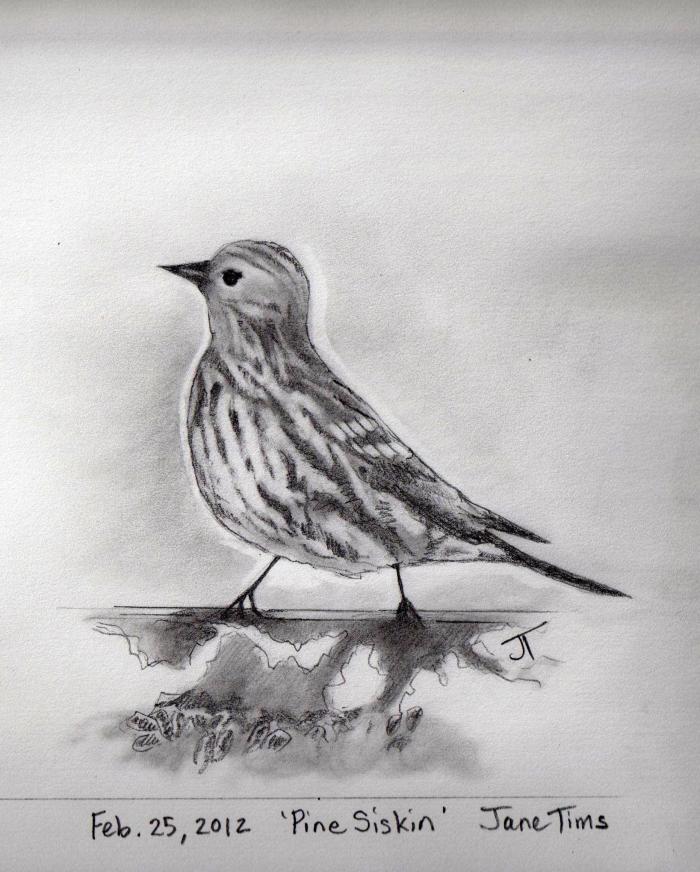
~
Copyright Jane Tims 2016
‘within easy reach’ – a painting for the front cover
As the release date for my book of poetry ‘within easy reach’ draws near, I have been doing some painting.
~
I began my project ‘growing and gathering’ and the poems for my book ‘within easy reach’ after my husband and I discovered blackberries on our new property at the lake. For this reason, blackberries seem a fitting subject for a cover painting.
~
I think blackberries are fun to paint:
- a basic berry-shape of Payne’s Grey
- a highlighting of each seed in the drupe with Payne’s Grey mixed with Titanium White
- a spot of white to highlight berries on one side of the drupe
- a background of blues and purples to simulate the shadow in the thicket
- leaves and a stem
~
This is my ‘practice painting’, in acrylics, 5″ by 10″.
~

~
I’ll be showing you the final cover painting soon – 10″ by 10″, a perfect shape for the cover of my book.
~
On a windy, wintery day, it is hard to be patient, waiting for blackberry season!!
~
Copyright Jane Tims 2016
in the shelter of the covered bridge – manuscript completed!!

~
Last year, in the competition of April 1, 2015, I was awarded a Creation Grant from artsnb (The New Brunswick Arts Board). The award was to create a manuscript of poems about plants and animals living in the shelter of covered bridges in New Brunswick.
I have now completed the manuscript and am ready to submit my final report. During the project I visited 28 covered bridges in the drainage basin of the Saint John River and 5 in Charlotte and Westmorland Counties. I was also able to use the notes and records from my visits to some covered bridges in 1992.
~
The final manuscript includes 81 pages, 8 new drawings, and 63 poems, organised into five themes:
liminal spaces – 8 poems about bridges as places of transition and change
notch of a lily pad – 10 poems about the covered bridge as habitat
grit of a blade – 9 poems about engravings and graffiti produced by human visitors to the covered bridge
a blade of grass between thumbs -10 poems about mysterious discoveries in covered bridges
heads of timothy – 6 poems about encounters at the bridge
gaps between boards – 10 poems about deterioration and loss due to vandalism, fire and flood
a loose board rattles – 10 poems about the sounds resonating in a covered bridge
~
Many thanks to artsnb for helping me in the making of the manuscript and for the chance to undertake such an enjoyable project!
~

Copyright 2016 Jane Tims
edible wild – spruce gum
In my part of North America, we have freezing temperatures and snow on the ground from December to March. With a few exceptions, most plants go into sleep mode during these months and foraging for edible plants is difficult. You can dig beneath the snow to find a few evergreens, but most of the edible wild is above ground.
~

~
When I am in the woods, even in winter, I am always on the look-out for spruce gum, a natural sugar-free treat from the forest. Spruce gum is found, as the name suggests, on spruce tree bark. We have a large stand of spruce in our grey woods, but the tree below grows, conveniently, beside our driveway. For a map of our woods, see the right hand column ‘map of the grey woods’.
~

~
When a branch is broken or the bark is wounded in some way, the spruce oozes a sticky resin that eventually dries to a hard amber-coloured nodule. These nodules can be harvested and chewed like gum. My mom taught me about spruce gum, how to identify the spruce tree and to look for the sticky dark lumps where resin is hardening.
~

~
It is possible to collect a quantity of spruce resin, pulverize, melt and strain the substance, and solidify it, cracking it into bite-sized pieces. I chew the nodules right from the tree, with a little scraping to get rid of any rough bits. At first the gum is hard and crumbly, sticky and intensely aromatic, a little risky for dental work and made interesting by the accidental inclusion of bark bits. After a few minutes of chewing, the gum becomes pliable, woodsy-tasting and orange to pink in colour!
~

photos of chewed gum are a bit disgusting, but I want to show what normal-looking gum a two-minute chew produces. A rough nodule is shown above the chewed gum for comparison.
~
People of the First Nations have always known about this woodland edible and used it for medicinal purposes. In the nineteenth century, spruce gum was harvested with long handled spruce scrapers and sold commercially. Woods-workers made small carved boxes with sliding tops (gum books) to carry and store the resin nodules.
~
Robert Frost, wonderful poet of all things rural, wrote about spruce gum (‘The Gum Gatherer’. Mountain Interval. New York: Henry Holt and Company, 1916):
He showed me lumps of the scented stuff
Like uncut jewels, dull and rough …
~
You can find the rest of the poem at Project Gutenberg http://www.gutenberg.org/files/29345/29345-h/29345-h.htm
~

~
My upcoming book of poetry within easy reach includes a poem about spruce gum. The poem begins:
Black Spruce weeps if wounded
oozes to heal, embeds
pain in amber …
~
As I wait for spring, I intend to ration my small store of spruce gum and use it as a kind of countdown toward the end of our winter weather.
~

some very clean seeps of resin – these will harden eventually and make great spruce gum !
~

~
Copyright 2016 Jane Tims





